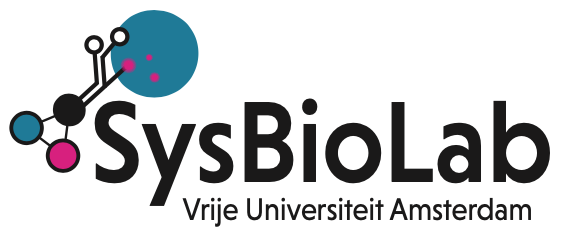Since cells have finite biosynthetic resources for protein synthesis, a rise in one protein concentration is generally at the expense of that of others. A logical consequence is then that phenotypic traits trade-off: cells cannot excel at everything. They cannot grow fast and be very stress tolerant and adaptive to new conditions at the same time. Another consequence is that protein under- and over-expression without a long-term fitness benefit is likely selected against.
How do cells then decide on the expression level of proteins? Can they even tune protein concentrations optimally — to prevent wasteful over-expression and suboptimal under-expression? What do cells try to achieve by changing protein concentrations? How can they decide that tuning is finished and that protein concentrations are optimal?
In this new paper (https://doi.org/10.1042/EBC20230045), we can gave an overview of how cell can achieve growth-rate-maximising tuning of metabolic protein concentrations, via optimal gene expression of metabolic genes. We pioneered this method in Berkhout et al.(https://doi.org/10.1038/srep01417) and generalised it in Planqué et al. (https://doi.org/10.1371/journal.pcbi.1006412), and applied its way of thinking to understand the regulation of ribosomal gene expression in E. coli in Bosdriesz et al. (https://doi.org/10.1111/febs.13258). Here we give an elementary overview of this theoretical method. We apply it to understand the gene-regulatory feedback regulation of amino-acid metabolism.
Some more background information on this way of thinking can also be found in some teaching material I wrote for a course on enzyme kinetics (https://teusinkbruggemanlab.nl/course-information-from-enzyme-kinetics-to-models-of-metabolism/).
We hope that we have inspired you to think also about how cellular objectives can be achieved by gene-regulatory circuits.

Recent Comments